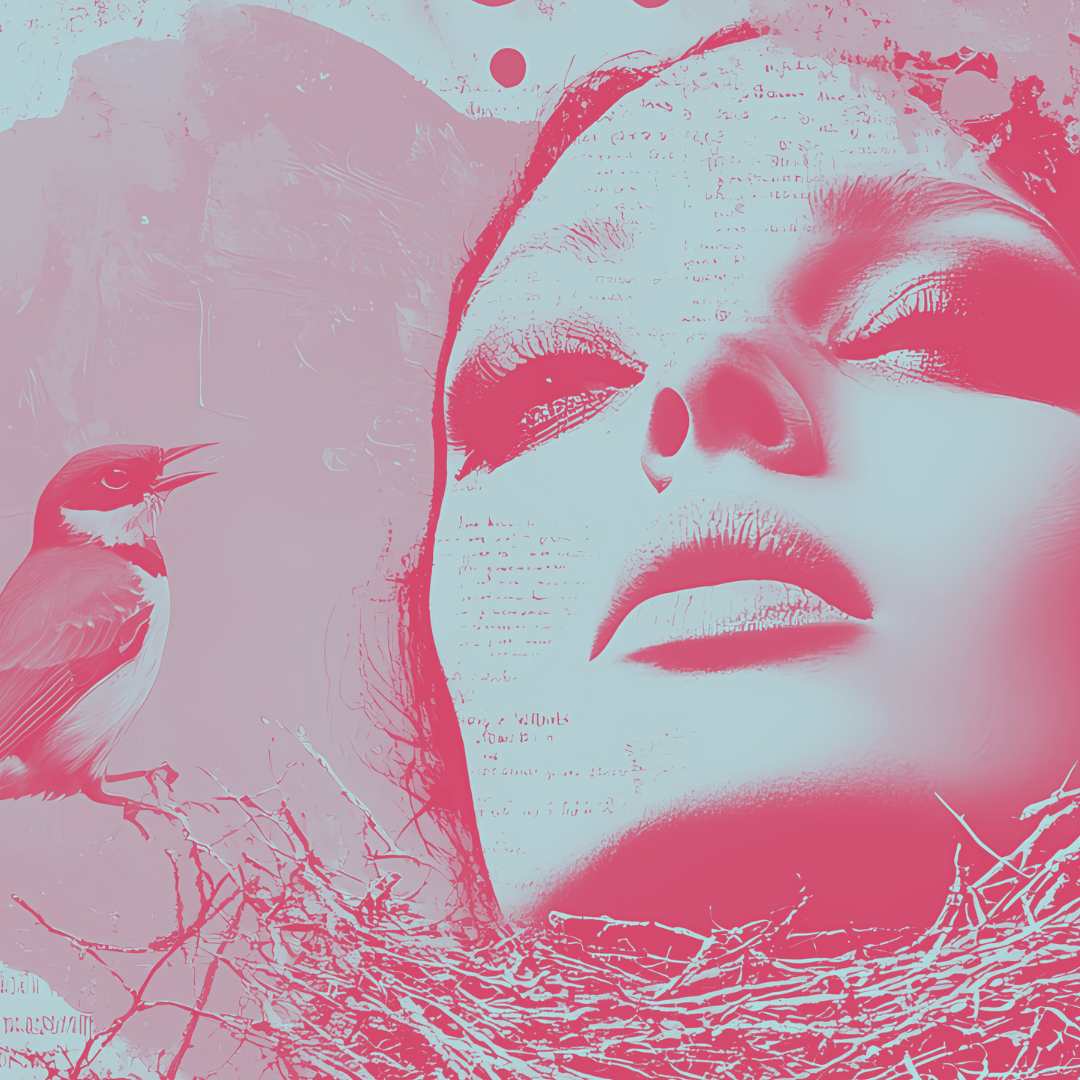Welcome back to The Future is Now: AI & Experiential Evolution, our blog series dedicated to exploring how Artificial Intelligence is reshaping the experiential marketing landscape. At POP Experiential, we believe that innovation lies at the intersection of technology and creativity. With this series, our goal is to ignite your imagination, spark meaningful conversations, and showcase how AI is not just a tool but a transformative partner in crafting unique and engaging experiences. Today, we’re tackling one of the most intriguing questions in our field: can AI truly think outside the box?
For decades, creativity has been considered the sacred domain of human ingenuity. It’s the spark that turns ideas into masterpieces, campaigns into movements, and events into unforgettable memories. But as AI continues to evolve, it’s making waves in the creative world—challenging our assumptions and augmenting what’s possible. Let’s explore how AI is redefining creativity in experiential marketing and why it’s not just a replacement for human ingenuity but a powerful complement.
The AI Creativity Debate: Friend or Foe?
First, let’s address the elephant in the room. Many marketers and creatives fear that AI will dilute or replace the human touch in creative endeavors. After all, how can a machine truly grasp nuance, emotion, and storytelling? The reality is far more nuanced. AI isn’t here to take over—it’s here to enhance. By analyzing vast datasets, identifying patterns, and generating insights, AI empowers creatives to push boundaries and focus on the big ideas while letting the technology handle repetitive tasks.
How AI Powers Creativity in Experiential Marketing
1. Ideation and Brainstorming: Breaking the Creative Block
Imagine you’re tasked with designing a groundbreaking activation. The pressure is on, and the ideas just aren’t flowing. Enter AI tools like ChatGPT, DALL-E, or Jasper, which can generate fresh concepts, mood boards, or even rough drafts based on your prompts. These tools aren’t stealing the spotlight; they’re acting as co-pilots, sparking inspiration and helping you think differently.
For example, AI might analyze past campaigns and suggest themes that align with your brand’s audience or trends that could resonate. It’s like having a creative partner who never runs out of energy (or coffee).
2. Generative Design: Turning Concepts Into Visuals
Generative AI tools like MidJourney and Runway have revolutionized the way visuals are created. Need a stunning backdrop for an event? AI can design one. Want to prototype an interactive installation? AI can visualize it. By using algorithms that adapt and learn from your inputs, these tools create designs that are both innovative and aligned with your vision.
Case in point: Adidas used generative design to create bespoke retail experiences that dynamically adapted to customer preferences. The result? A seamless blend of creativity and technology that left a lasting impression.
3. AI-Powered Storytelling: Crafting Narrative-Driven Experiences
Great experiential marketing tells a story, and AI is proving to be an unexpected ally in this realm. By analyzing audience data, AI can identify the themes, emotions, and narratives that resonate most. It’s like having a focus group of millions, distilled into actionable insights.
Take Coca-Cola’s AI-powered content generation for its “Share a Coke” campaign. AI helped identify names, phrases, and cultural touchpoints that would connect with diverse audiences, leading to one of the brand’s most successful campaigns ever. Now imagine applying this to an activation, where every element—from visuals to messaging—feels deeply personal.
4. Dynamic, Real-Time Creativity
Creativity doesn’t have to stop once an activation goes live. AI enables dynamic content generation that evolves in real time based on audience engagement. For instance, AI-powered screens could change visuals or messaging depending on who’s viewing them, creating an experience that feels tailored and alive.
Consider a festival activation where an AI-driven installation adjusts its theme or interaction based on crowd sentiment. A happy crowd gets upbeat visuals and music, while a reflective mood prompts a calming, introspective vibe. This adaptability keeps experiences fresh and unforgettable.
Innovative Applications of AI Creativity
- Customizable Event Themes: AI tools can create mood boards and concepts tailored to specific audiences, helping planners fine-tune their vision.
- Interactive Installations: Imagine an AI-driven art installation that evolves based on attendee input, creating a truly participatory experience.
- Voice-Activated Brand Experiences: Attendees could engage with activations using voice commands, unlocking unique stories or interactions.
- AI-Generated Content for Social Media: Let AI design posts, captions, or even videos in real time during an event, amplifying its reach and engagement.
What This Means for the Future of Creativity
AI isn’t here to replace human creativity—it’s here to elevate it. By automating repetitive tasks and providing fresh perspectives, AI allows marketers to focus on what they do best: dreaming big and bringing those dreams to life. The future of experiential marketing is a collaboration between human ingenuity and machine intelligence, and it’s a partnership that’s only just beginning.
So, can AI think outside the box? Perhaps the better question is: how much BIGGER can the box get when we think alongside AI? The possibilities are limitless, and we’re just scratching the surface of what’s possible when creativity and technology join forces.



